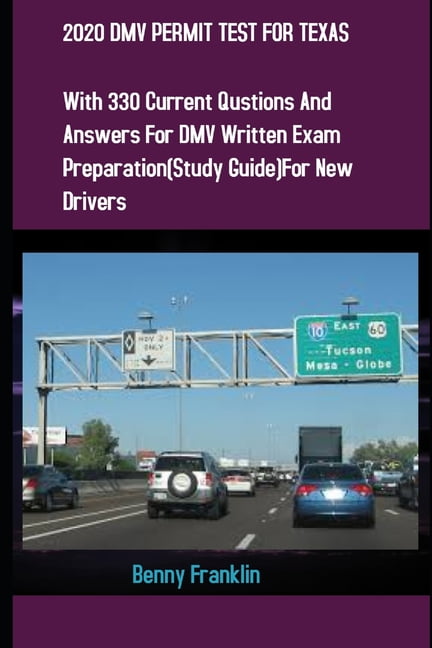

If you have a manual transmission car for the test, be sure to press the clutch all the way in when starting the car, shifting gears, and once the car's speed goes below 10 mph when stopping.

Remember to come to a complete stop do not roll through Obeying all traffic signs, particularly stop signs.Backing, where you are asked to drive the car in reverse for about 15 feet as straight and smoothly as possible - Be sure to go slowly and look out the rear windshield the entire time by physically turning your head.Stopping quickly, where you are asked to stop your car as quickly as possible from a speed of around 20 mph, without causing the tires to skid.In addition to these four basics, there are many other areas your CSR will expect you to be proficient in, including these: Signaling - Always using your turn signals properly.Observation - Being able to view and respond to what other traffic is doing, particularly where problems might come into play.Control - Being able to make the car do what you're trying to make it do.The Texas CDL manual covers a variety of topics, and everything you'll need to study to pass your CDL test or get the endorsement you need, including: CDL. This page contains the latest version of the TX CDL handbook PDF in format. What You'll Be Evaluated Onĭuring testing, all drivers are evaluated on four basic skills: Study the Texas CDL driving manual and get ready to pass your commercial driver's license, permit or renewal test. And don't carry on a conversation with your CSR during the test - it's an official examination and he or she will be too busy evaluating you to talk. Remember that he or she will not ask you to do anything illegal. Be sure to follow all the instructions given by you CSR. Here are some guidelines to follow for the driving portion of the test. are also addressed both in the DMV handbook and the tests themselves. The CSR will make sure it's legal and that it has passed an inspection. The test answers to every question can be located in the Texas Drivers Manual that. The test will officially begin with the CSR looking over the vehicle you will take your test in. He or she will let you know if you've passed or failed - and if you have not successfully passed, your CSR will explain the retesting process. As soon as your test is over, your CSR will explain any mistakes you may have made, including tips on what you could or should have done. He or she will evaluate your driving skills and ask you to perform specific driving tasks (more information below on this). The road portion of the Texas driving test is always conducted with the student in the driver seat and a Department of Public Safety customer service representative (CSR) in the passenger seat. We've outlined the process below to give you an overview of how the testing will be. The more you know about what to expect, the better prepared you'll be to pass.

While the prospect of taking the test may make you nervous, stay calm. The last step to getting your Texas driver's license is passing the driving test. That’s it! Be sure to check out our course guides if you have specific questions about our state-approved driver education courses.What to Expect from the Texas Driving Test


 0 kommentar(er)
0 kommentar(er)
